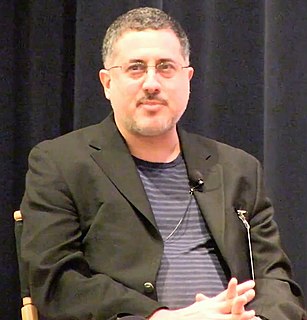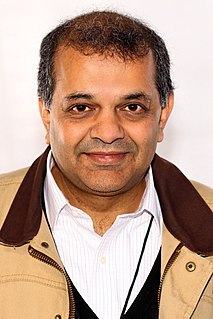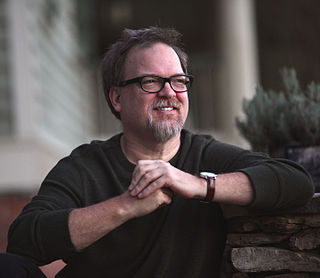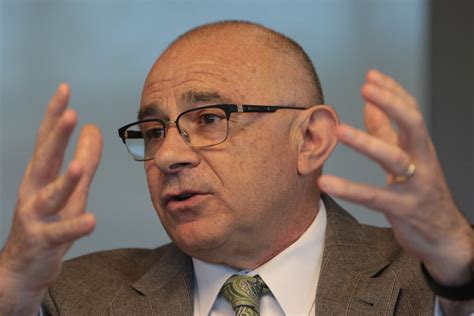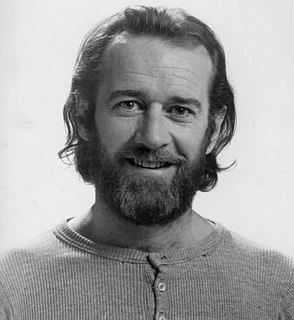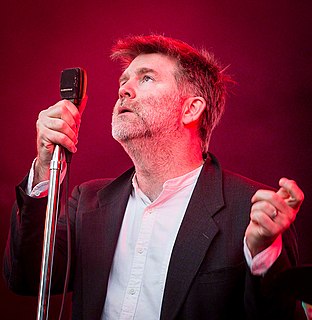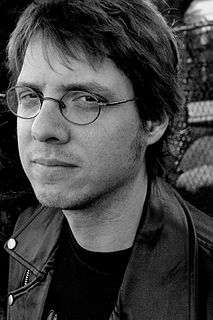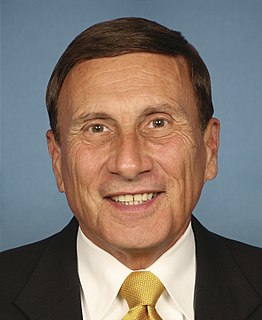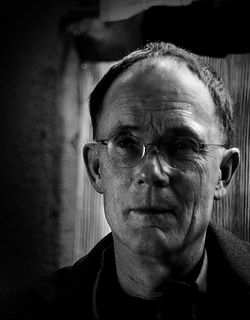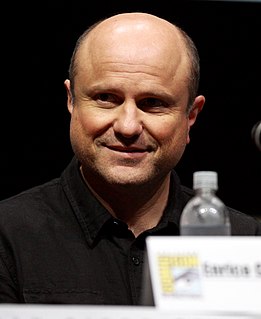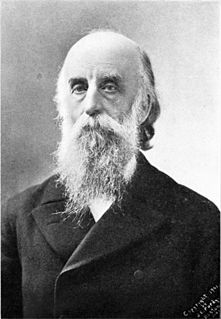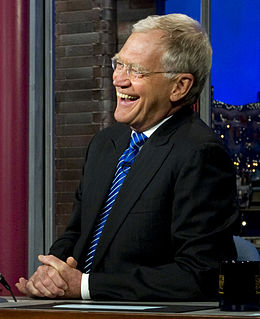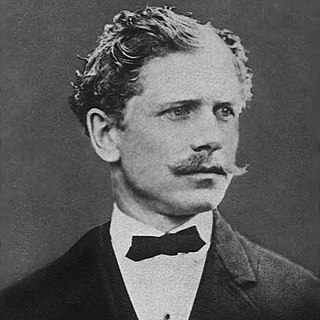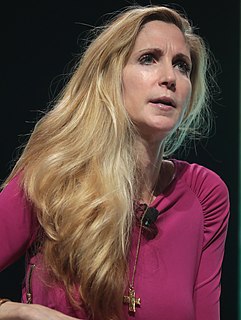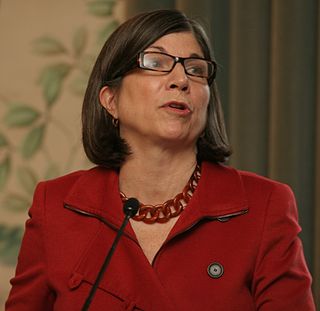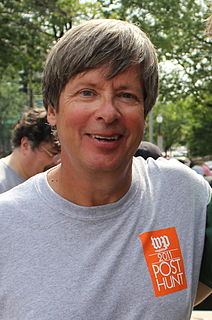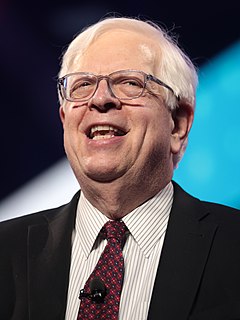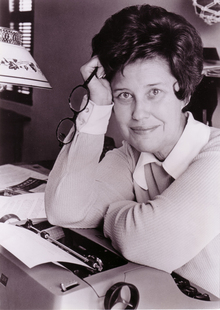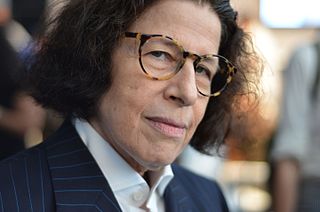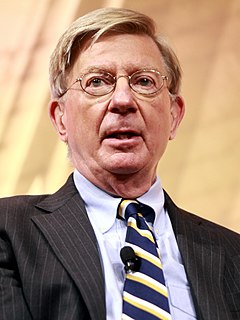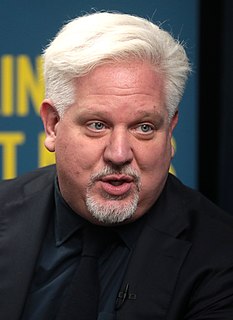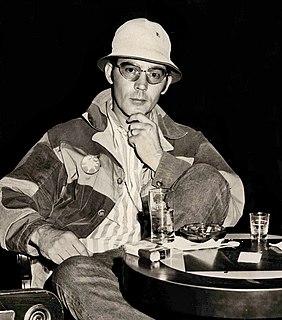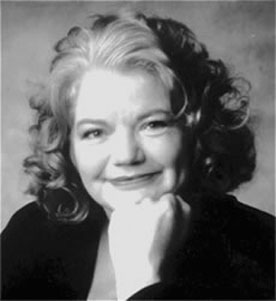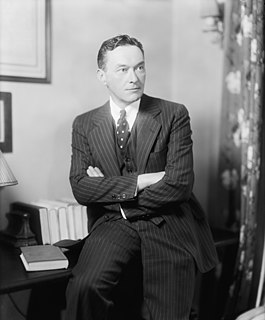Цитата Бартона Геллмана
В утренний час пик 20 марта 1995 года японская секта Аум Синрикё поместила пакеты в пять поездов метро, сходящихся к центральному вокзалу Токио. При проколе упаковки испаряющийся зарин распространялся по вагонам метро, а затем по станциям по мере приближения поездов.
Связанные цитаты
Так было со многими моими книгами. Мой триллер о зарине [Черный крест] о Второй мировой войне был опубликован за два месяца до зариновой атаки в японском метро. Бывают очень странные совпадения. И у меня есть один беспроигрышный сюжет, которого я не написал и, вероятно, никогда не напишу, потому что боюсь, что кто-нибудь его воплотит в жизнь.
Конечно, в Лос-Анджелесе все основано на вождении, даже на убийствах. В Нью-Йорке у большинства людей нет машин, поэтому, если вы хотите убить человека, вам нужно доехать до его дома на метро. А бывает, что в пути поезд задерживается и тебе становится не терпится, поэтому приходится кого-то убивать в метро. Вот почему так много убийств в метро; ни у кого нет машины.
В США в 2009 году на транзитных поездах и автобусах было совершено более 10,2 млрд поездок. До сих пор страна не подвергалась крупным нападениям на транспорт с 11 сентября, но взрывы в московском метро в марте 2010 года и более ранние нападения на поезда в Лондоне и Мумбаи показывают, что мы должны быть готовы.
Я думаю, что одно из наиболее близких к реальности видений — это картонный город на станции метро в Токио, который очень тесно связан с серией документальных фотографий людей, живущих таким образом, и содержимого ящиков. Это довольно навязчиво, потому что токийские бездомные повторяют всю природу жизни в Токио в этих картонных коробках, они лишь немного меньше токийских квартир, и у них почти столько же потребительских товаров. Кошмар коробок внутри коробок.
